-
Welcome to Tundras.com!
You are currently viewing as a guest! To get full-access, you need to register for a FREE account.
As a registered member, you’ll be able to:- Participate in all Tundra discussion topics
- Transfer over your build thread from a different forum to this one
- Communicate privately with other Tundra owners from around the world
- Post your own photos in our Members Gallery
- Access all special features of the site
Seems like all tires are E-rated now..
Discussion in 'Wheels & Tires' started by Bourbonator, Mar 29, 2023.
Page 2 of 2
Page 2 of 2


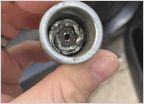 Stupid Locking TRD Lugs
Stupid Locking TRD Lugs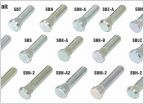 Ready to pull the trigger on SCS Ray 10's...need advice
Ready to pull the trigger on SCS Ray 10's...need advice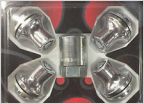 TSS Off Road Wheel Locks
TSS Off Road Wheel Locks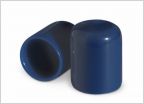 2014-19 lug nut Design specifications aluminium #90942a1001
2014-19 lug nut Design specifications aluminium #90942a1001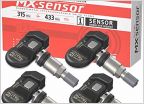 2020 tundra tpms loop
2020 tundra tpms loop












































































